5. Breaking the Waves (1996)
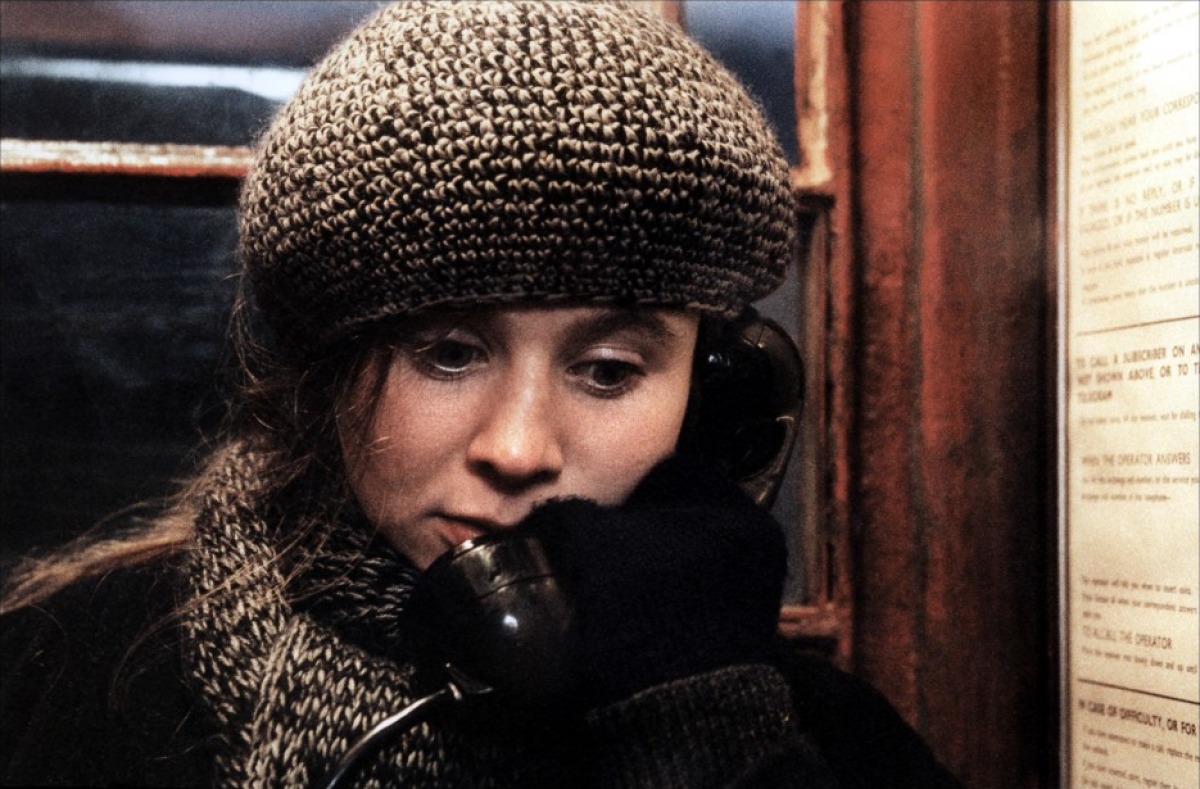
Lars von Trier is one of the most challenging and boundary-pushing filmmakers of the past thirty years. The Dane began his career with made-for-television movies and TV series. In 1995, along with fellow Danish director Thomas Vinterberg, he began the Dogme 95 movement. The movement strived to create films based on story, acting, and theme. It forbade the use of special effects and many other cinematic tools. The first film von Trier made under these conditions was Breaking the Waves, and it proved to be his breakthrough into the international film scene. Von Trier hired Müller as the cinematographer for the film. His mastery of natural light and organic composition was crucial to the visual strength of the picture.
The story of Breaking the Waves is told with a realistic immediacy that gives the viewer a feeling of attachment to the story. Part of this is thanks to the limitations placed by von Trier himself by following the Dogme 95 Manifesto. The film is shot entirely with handheld 35mm cameras, without any added production lights or coloring. Müller was clearly well-equipped to meet von Trier’s demands. The end-product is a restless and intimate piece of cinema, considered by many critics to be among the most important art-house pictures of the 1990s.
4. The American Friend (1977)
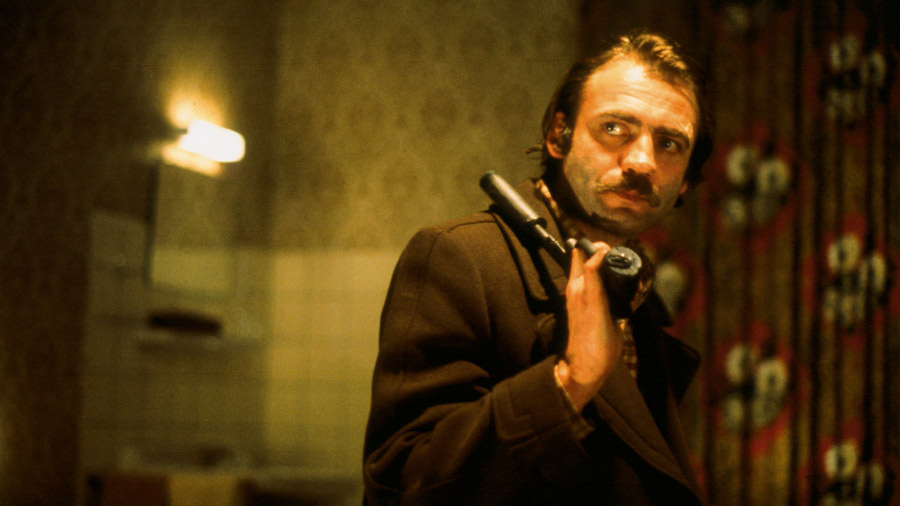
After a string of successful films in Germany, Wim Wenders decided to make a film in English, with a more international cast. He was a fan of the writer Patricia Highsmith. The two met, and Highsmith sold him the rights to the then unpublished Ripley’s Game. Wenders cast Hollywood character actor Dennis Hopper in the role of Ripley, and the German Bruno Ganz as Jonathan Zimmermann. Additionally, he cast famous Hollywood directors as the film’s villains, including Nicholas Ray and Samuel Fuller. The film premiered in Cannes and was met with a positive critical reaction. Particularly praise-worthy is the film’s stylish look and three-dimensional lead performances.
The American Friend picks up criminal Tom Ripley’s story. He is now a wealthy art forger living in Hamburg. There, he meets Zimmermann, a humble picture framer dying of leukemia. Ripley convinces Zimmermann to execute a hit on a gangster in exchange for a lot of money, The story unfolds in a rather unorthodox fashion. It’s a crime thriller that feels at times laid-back and at times intense.
The film’s style evokes film noirs of the 40s and 50s, and Wenders makes great use of the classic characteristics of the genre: stark shadow contrasts, a loner protagonist, and off-angle shots are abundant. Müller manages to successfully incorporate the techniques of 70s thrillers with those of film noir. The way light is used in the film is incredible, as Müller shifts between stylized and natural lighting seamlessly from one scene to the next. Müller is regarded as one of the most skilled cinematographers when it comes to lighting among filmmakers and film-lovers alike, and The American Friend is an attestation to this statement.
3. 24 Hour Party People (2002)
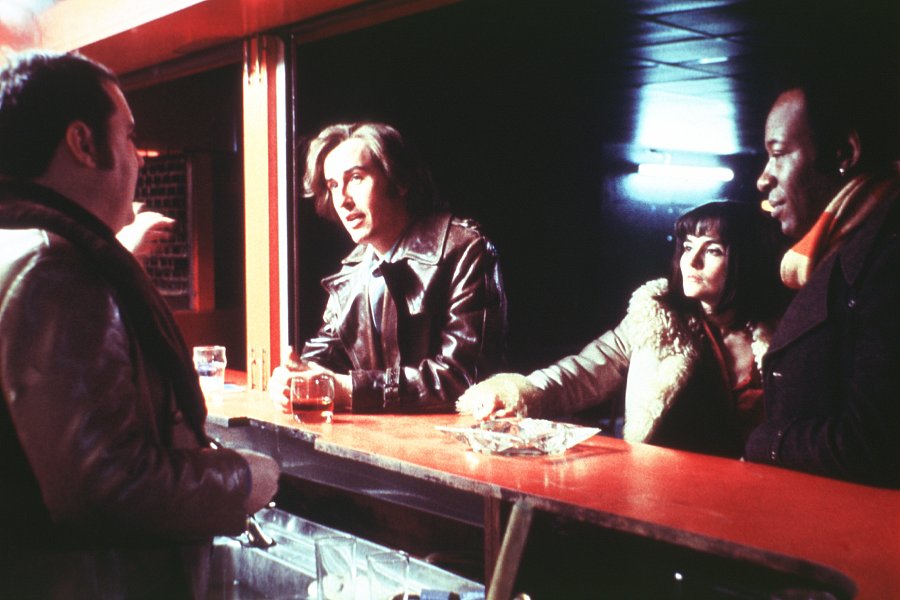
In Michael Winterbottom’s 2002 biographical comedy-drama, Müller made a technical return to his early days as a cinematographer in a way. Müller’s first forays into filmmaking were shot with handheld cameras, a technique he employed again for von Trier’s Breaking the Waves but has a much different effect in this film. The DIY jumpiness of the camerawork adds a frenetic and light-hearted edge to the story. 24 Hour Party People is the story of Factory Records, a key label in the Manchester music scene from 1976 to the early 90s. We are immersed into this time period through the eyes of Tony Wilson, music producer and founder of Factory Records. Wilson is played by Steve Coogan in one of his finest roles, with the likes of Shirley Henderson and Lennie James in solid supporting roles.
The film is able to tell the stories of the rises and falls of many of the biggest bands of the era while staying anchored in Wilson’s personal story. The film’s style was aptly described by Peter Bradshaw in The Guardian as “a funky faux-doc/collage”. It is a jumble of anecdotal snippets, bittersweetness, and snappy Mancunian dialogue that ends up working together in perfect unison. It was one of Müller’s last jobs as a DP and he proved to be the perfect man for the gig.
2. Dead Man (1995)
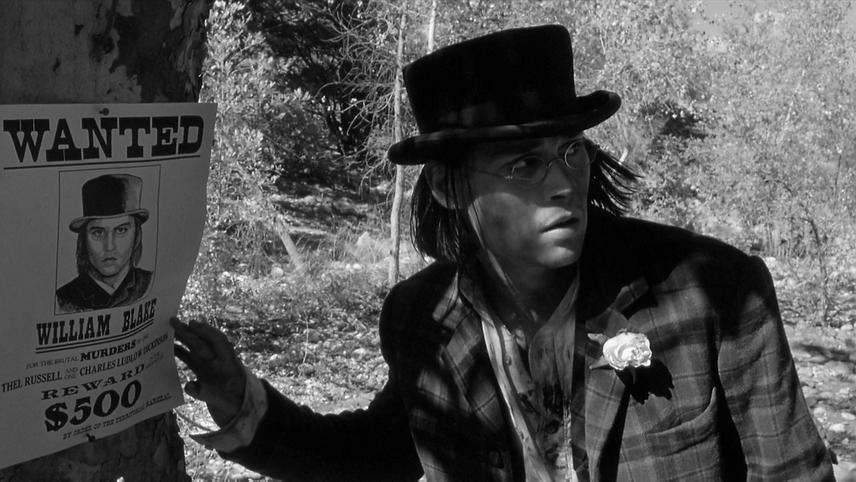
After a couple of films shot in color, the Jarmusch-Müller duo returned to their black-and-white comfort zone with the wacky, psychedelic neo-western Dead Man. It’s set in late 19th Century America tells the story of William Blake, an accountant from Cleveland played by Johnny Depp, who arrives in a frontier town for a job and ends up getting in heaps of trouble instead. He befriends a Native-American man named Nobody, who takes him on a journey that can best be described as spiritual.
It premiered at Cannes in 1995 to mixed reviews. Some critics, Roger Ebert among them, thought little of it. Yet it has garnered more and more appreciation throughout the years and is now considered one of Jarmusch’s best. It is certainly some of Müller’s best work too. It’s a film about feeling, and the atmosphere it constructs feels extremely rich and lived in. Müller’s stark monochrome camerawork is a perfect pairing with the slow and mystifying story. It’s an extremely unique revision on the Western-genre which only Jarmusch could do.
Jarmusch is a very interesting auteur in that he makes films of various genres yet it is always clear that it is his work, and not in an overwhelming way. Dead Man contains some of the most striking images of Müller’s career. He gives a psychedelic but natural look to the western landscapes through which the characters maraud through, at points it feels fairytale-like. It’s a beautiful film that deals with big themes in subtle ways, and it works so well because Jarmusch and Müller worked so well together.
1. Paris, Texas (1984)
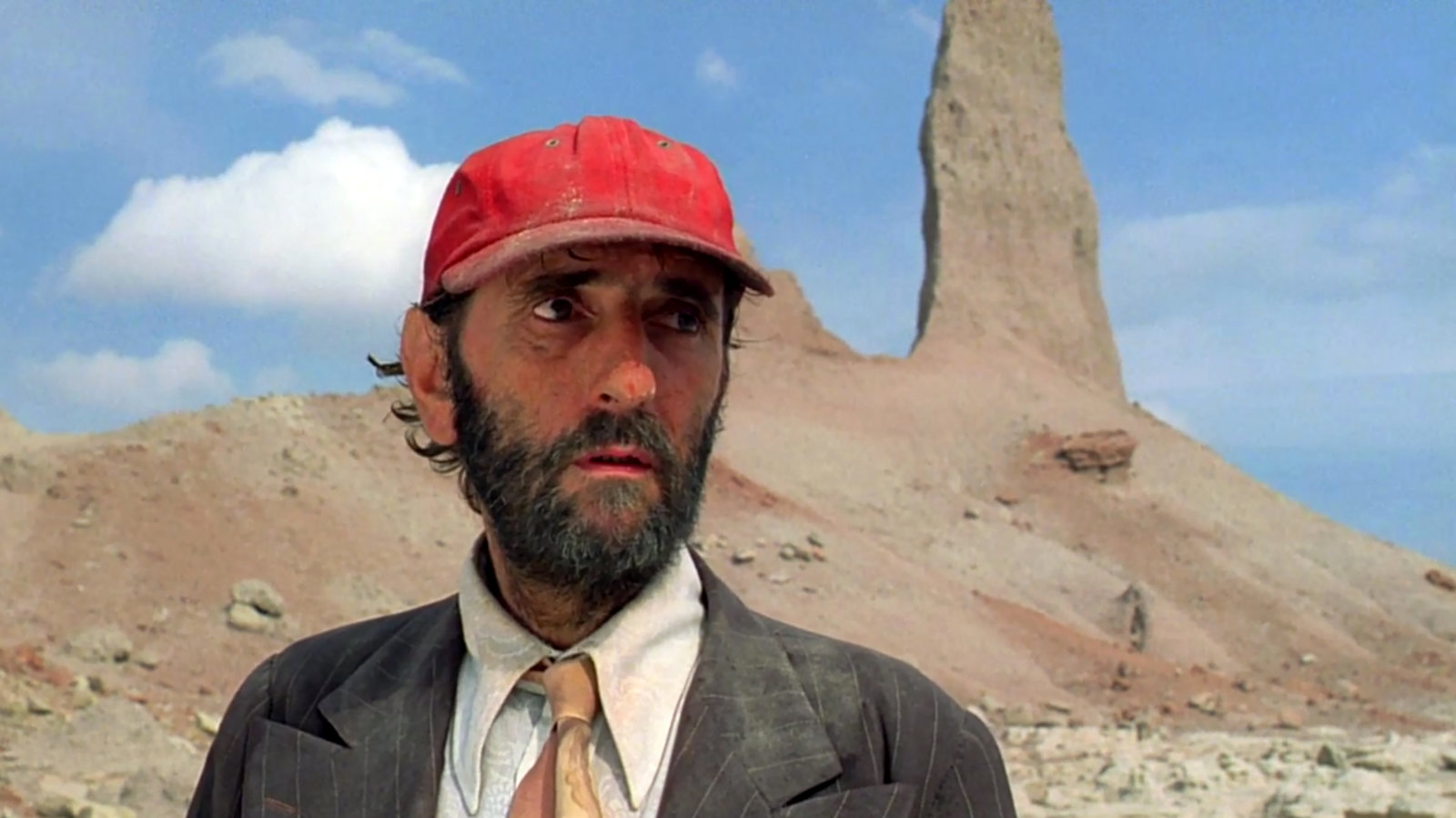
Paris, Texas has earned the reputation of being Wender’s most emotionally powerful film. While this statement is certainly debatable, it is easy to see why this film is held in such high regard. 36 years after its release, it continues to be among one of the most beloved and studied art-house films to come out of the 80s. It all started with Wenders wanting to “tell a story about America”. Wenders developed the story with screenwriter Sam Sheppard. The film ended up being an international production, with funding coming from West German, French, and American production companies.
Paris, Texas is a road movie with a broken man at its center. Harry Dean Stanton’s Travis is found by his brother Walt (Dean Stockwell) after years wandering the Texas desert in a sort of fugue state. He returns to find that his son Hunter has been raised by Walt and his wife and barely remembers him at all. The story has lots of missing pieces that fall into place as the story progresses. Travis and his wife Jane had some sort of break in the past, and he sets out to try and find her.
It’s interesting that a German director and a Dutch cinematographer were able to create one of the most striking pieces of “Americana” ever put on film. They once again made the film in a languid, minimalist style that adds a layer of honesty and loneliness to the story. The photography of Paris, Texas is perhaps the film most characteristic of Müller’s style. His use of natural light and lethargic long-takes don’t work as well anywhere as they did in this. It deservedly won the Palme d’Or at Cannes in 1984 and continues to astonish and enchant viewers to this day. It’s an incredible story of loneliness and regret, brimming with nostalgia and pathos. If Müller ends up being remembered for only one of his many films, it would probably be this one.